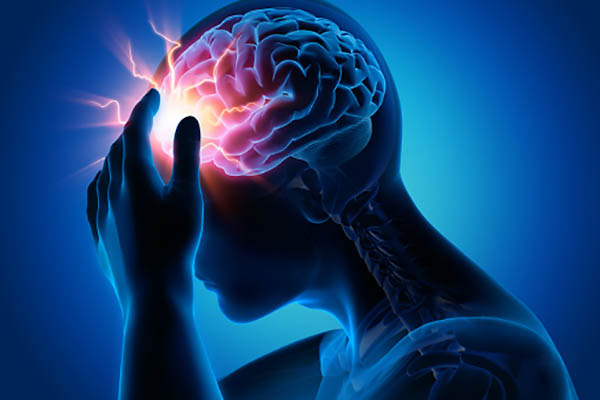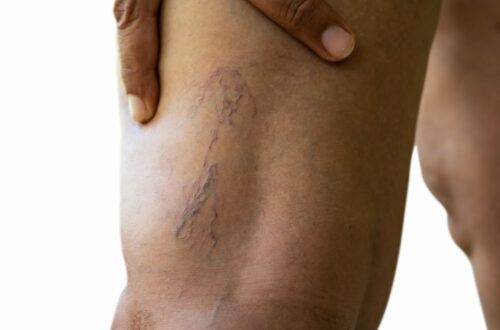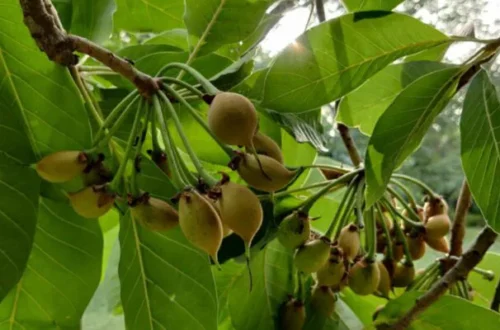Migraines, often debilitating headaches, affect millions worldwide. Understanding the fastest ways to find relief is crucial for those seeking effective solutions. Migraines go beyond ordinary headaches, often accompanied by symptoms like nausea, sensitivity to light, and pulsating pain. This article explores various strategies, both traditional and home-based, to provide comprehensive insights into achieving swift migraine relief.
1.Types of Migraines

Migraines manifest in various forms, each with distinct characteristics. Common types include tension-type migraines, aura migraines, and vestibular migraines. Tension-type migraines typically involve steady, non-pulsating pain, while aura migraines come with sensory disturbances. Vestibular migraines affect balance and coordination. Understanding these types is crucial for targeted relief. In the following sections, we delve into each type, offering insights into their unique symptoms and effective management strategies.
2.Understanding Migraine Symptoms
- Stress: Emotional or physical stress is a major migraine trigger. Stress management techniques, such as meditation and deep breathing, can be effective in reducing the likelihood of an attack.
- Certain Foods: Specific foods and beverages, such as chocolate, caffeine, aged cheeses, and processed foods containing additives like MSG, have been identified as triggers. Keeping a food diary can help pinpoint individual dietary culprits.
- Lack of Sleep: Irregular sleep patterns or insufficient sleep can trigger migraines. Establishing a consistent sleep routine and ensuring adequate rest is vital for migraine-prone individuals.
- Hormonal Changes: Fluctuations in estrogen levels, often associated with the menstrual cycle, pregnancy, or the use of birth control pills, can trigger migraines in some individuals.
- Sensory Stimuli: Bright lights, loud noises, and strong odors may act as triggers. Creating a calm and quiet environment can reduce the impact of sensory stimuli.
Migraine Relief at Home:
Migraines can be incapacitating, affecting various aspects of daily life. While medical intervention is essential, incorporating home remedies into your routine can complement professional treatment and provide relief. Here are six effective home remedies for managing migraines:
1. Hydration

Dehydration is a common trigger for migraines. Ensuring adequate hydration is a simple yet powerful way to prevent and alleviate headaches. Dehydration can lead to a range of symptoms, including fatigue and difficulty concentrating, exacerbating migraine symptoms.
Make a conscious effort to drink plenty of water throughout the day. Keep a reusable water bottle handy to encourage consistent hydration. Additionally, incorporating hydrating foods, such as water-rich fruits and vegetables, into your diet can contribute to overall hydration levels. Aim for at least eight glasses of water daily, adjusting based on individual needs and activity levels.
2. Rest and Relaxation

Adequate sleep and stress management play pivotal roles in migraine prevention. Establishing a consistent sleep schedule is crucial for migraine sufferers, as irregular sleep patterns can trigger episodes. Aim for 7-9 hours of quality sleep each night, creating a restful sleep environment by minimizing noise and light.
Effective stress management is equally important. Chronic stress can contribute to the onset of migraines, so incorporating relaxation techniques into your routine can be beneficial. Practices such as deep breathing, meditation, and yoga help calm the nervous system, reducing the likelihood of stress-induced migraines.
3. Dietary Changes
Dietary choices play a significant role in migraine management. While certain foods can trigger migraines, others may offer relief. Identify and avoid potential trigger foods, such as chocolate, caffeine, aged cheeses, and processed foods containing additives like MSG. Keep a food diary to track patterns and pinpoint specific triggers unique to you.
Incorporate migraine-friendly foods into your diet, including:
- Magnesium-rich foods like leafy greens, nuts, and seeds.
- Foods with omega-3 fatty acids, such as fatty fish (salmon, mackerel) and flaxseeds.
- Ginger, known for its anti-inflammatory properties.
- Riboflavin (vitamin B2)-rich foods like almonds and spinach.
Maintaining a balanced and nutritious diet can positively impact overall health and contribute to migraine prevention.
4. Cold Compress

A cold compress applied to the head or neck can provide immediate relief from migraine pain. The cold helps constrict blood vessels, reducing inflammation and numbing the affected area. To use a cold compress effectively:
- Wrap ice or a cold pack in a thin cloth.
- Apply the compress to the forehead, temples, or neck for 15 minutes.
- Take short breaks between applications to prevent skin damage.
Alternatively, a cold pack can be placed at the base of the skull for added relief. Experiment with different durations and locations to find the most effective application for your migraines.
5. Caffeine

Caffeine’s relationship with migraines is complex. While excessive caffeine intake can trigger headaches in some individuals, moderate amounts can have a pain-relieving effect. Caffeine constricts blood vessels and enhances the absorption of pain medications, making it a common ingredient in over-the-counter migraine medications.
For those accustomed to caffeine, a cup of coffee or tea during the onset of a migraine may offer relief. However, it’s essential to avoid excessive consumption, as caffeine withdrawal can also trigger headaches. Individual sensitivity varies, so monitor your caffeine intake and adjust accordingly.
6. Essential Oils

Essential oils have been used for centuries to alleviate various ailments, including migraines. Two oils renowned for their migraine-relief properties are lavender and peppermint:
- Lavender Oil: Known for its calming and anti-inflammatory properties, lavender oil can be applied topically or inhaled. Add a few drops to a carrier oil and massage the temples or inhale the scent for relaxation.
- Peppermint Oil: The menthol in peppermint oil has a cooling effect that can ease migraine pain. Dilute a few drops in a carrier oil and apply to the temples or inhale the aroma.
If you have any queries related to medical health, consult Subhash Goyal or his team members on this given no +91 99150 72372, +91 99150 99575, +918283060000





